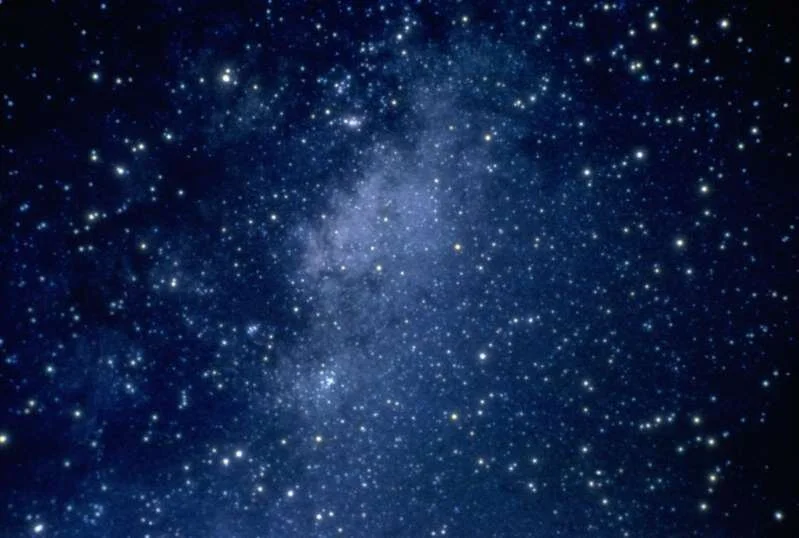Musings and meanderings from recent years. If you want to read a short piece that speaks to much of what animates my work and inquiry, check out Toward an Infrastructure of Sacred Hospitality.
As the one year anniversary of pandemic quarantine approaches, how might we mark the occasion through ritual and reflection—in such a way that it's a moment not just of commemoration but of initiation? Unlike a traditional rite of passage, no one or group is holding this container for us, and so we are paradoxically tasked with being both initiates and guides as we move through the pandemic portal. I hope this piece can help spark some experiential inquiry into how we go about doing that in the weeks and months ahead.
Join me on the back patio of the Zoo House, my humble abode in New Mexico, via this end-of-year audio-postcard. I offer these wanderings, wonderings, and sound waves from close to home and heart as a way of connecting that feels more intimate than pixelated words or the gridlock of a Zoom screen.
Upon transitioning out of leadership at the USDAC, I offer these reflections in the hopes that they might offer inspiration for anyone looking to activate social imagination. Wondering how a “people-powered department” evolved from from a poster in Bogotá, to a performance, to a grassroots action network inciting creativity and imagination in the service of love and justice? Read on here for an accessible, annotated guide of key learnings and resources from these years of action-research and serious play.
On elders, being zoomed out, star news, and more. A few spontaneously-arising poems from these unusual times.
This short piece of writing offers a glimpse of some of the ideas animating my heart and work: sacred hospitality, heresy, refugia, energy democracy, structures of belonging for 100% commitment, and shabbat. This is a work in process, offered up in these form as fodder for continued conversation and collective imagination.
A long-form personal essay that chronicles the beginnings of Nuns & Nones, the unlikely path that led me to live at a convent in California, and some of the insights and future possibilities emerging along the way. Whether you’ve never met a nun or are one, I hope that there’s something in this story that speaks to you!
I was the primary author of the USDAC’s 2017 guide on Indigenous Land Acknowledgment, with input and support from many Native collaborators (listed here). Since its release, the guide has been downloaded 25K+ times and featured in outlets ranging from Teen Vogue, to Native America Calling, to the New York Times. More than 800 cultural and educational institutions have pledged to adopt acknowledgment as a first step in a larger process of truth and transformation.
Opening plenary remarks from the USDAC’s 2016 convening in St. Louis. “We are tightrope walkers, dancers along that thin line stretched between the world as it is and the world as it could be. As artists and organizers, we bear witness to the present while also bearing prophetic witness to that which might exist. And, through the power of our stories, our songs, our relationships, our acts of heart, we invite others on that tightrope with us.”
Originally published in GOOD Magazine. “Creatively addressing our vast social, environmental, and economic crises and injustices is indeed a profound call to action, and one that requires that we cultivate social imagination—the capacity to conceive of what might be in our society. What public programs, civic rituals, and community institutions might we imagine that align our desire for belonging with our highest democratic ideals of equity, participation, and justice?”









I’d been bracing myself for a while, anticipating this likelihood. But nothing could quite prepare me for the visceral impact of walking through the coyote willow to my favorite spot along the banks of the Rio Grande this morning, and finding a dry riverbed. I lament that this day has come, and am moved to ask what’s possible when we bear witness together: how might we become more immense in our capacity to feel, and more courageous and creative in our response?